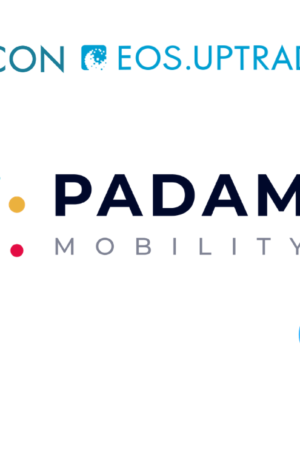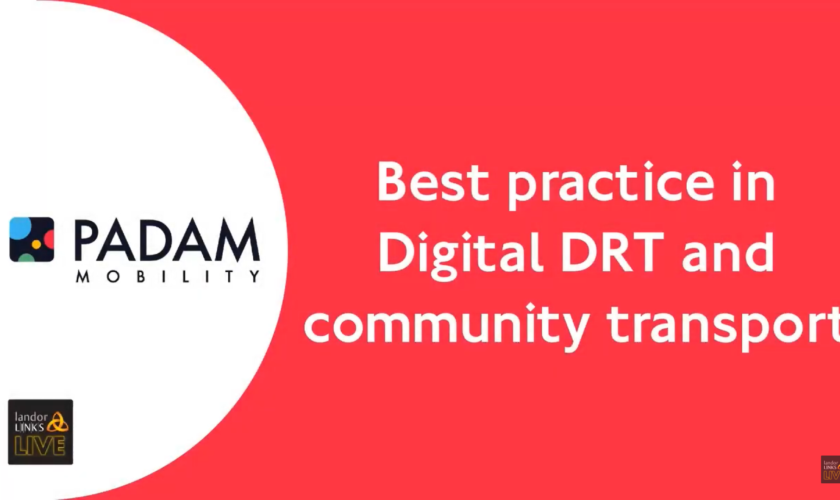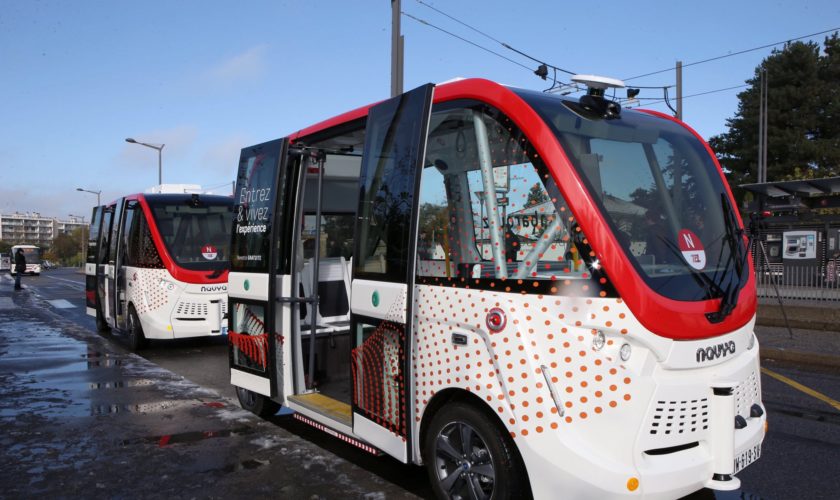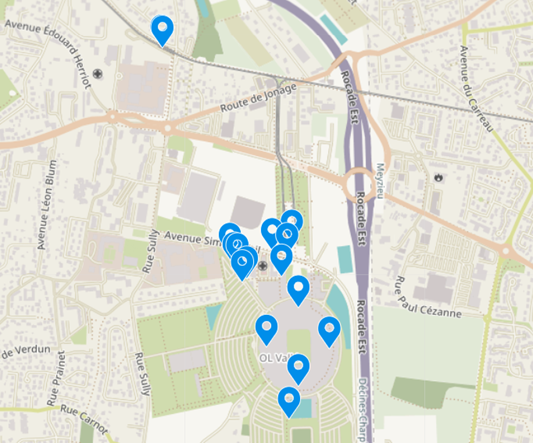The Robin is an on-demand bus that serves two rural areas of Gloucester. The Forest of Dean area service is operated by Lydney Dial-a-Ride, a community transport provider that runs a number of ‘getting people to places they need to be’ services. From community cars driven by volunteer drivers to some (quite infrequent) local fixed-line bus routes open to all, as well as the eponymous dial-a-ride services for those without access to cars or who struggle to use public transport.
At its core, the Robin is a standard rural DRT. It runs from 7am to 7pm Monday to Saturday, covering the Forest of Dean. This is a rural area where the population is distributed in small towns, villages and hamlets – in places as low as 80 people per km2 and on average 165 persons per km2.
The difference in the Forest of Dean is that the Robin is run by a CT operator and the approach to its launch was very much in line with CT values. Louise Currie of Lydney DAR is a sharp reminder that buses are about people – and these trips are about getting people to school, work, shopping, appointments and to see their friends and family.
In this webinar, Louise talks about the community engagement she did before the launch of the Robin, and the impact that this had on passenger numbers and the feedback she received.
The philosophy of opening up access to transport – in basic terms getting people from A to B – is at the heart of community transport. And this is perhaps why people have taken to the service.
Two mini-buses cover the diamond shaped zone, which, along its longest axis stretches 16 miles from Mitcheldean in the north to Sedbury in the south and its widest points span Lydney at one edge and Coleford at the other – about 8 miles wide at the widest point. The area covered is about 46 square miles. The key points are the towns of Lydney (south east), Cinderford in the north and Coleford (northwest) and Sedbury (southwest). There are many small villages on rural roads between these points, some through the wooded hills and coombs of the southern edge of the Forest of Dean.
The webinar also covers the challenges of operating in this kind of area, and the passenger metrics that have been achieved.
Click here to access the recording of the webinar (on YouTube)














